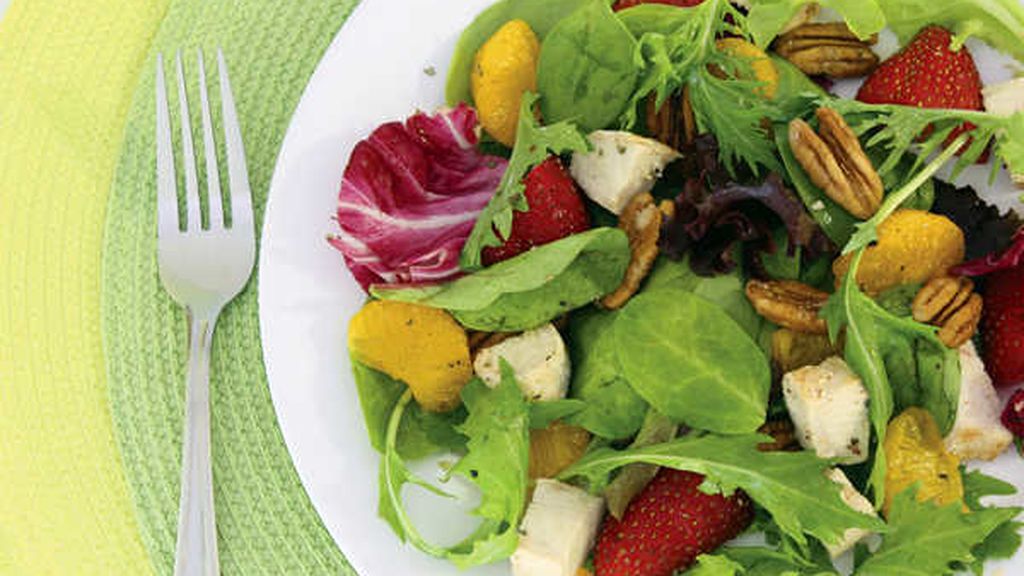o que é dieta hipocalorica e hipercalorica Dieta hipocalórica: principales alimentos y objetivos
A well-balanced and nutritious diet is essential for maintaining good health and achieving optimal performance in various activities. In this post, we will explore the concept of a hypocaloric diet and discuss its key objectives and the main foods that should be included. By understanding the benefits and importance of following a hypocaloric diet, you can make informed decisions about your dietary choices.
The Basics of a Hypocaloric Diet
A hypocaloric diet, also known as a low-calorie diet, is designed to limit the number of calories consumed while providing all the necessary nutrients for bodily functions. The primary objective of a hypocaloric diet is to create a calorie deficit, which means consuming fewer calories than your body needs to maintain its current weight.
 Main Alimentary Sources for a Hypocaloric Diet
Main Alimentary Sources for a Hypocaloric Diet
When following a hypocaloric diet, it is important to focus on nutrient-dense foods that provide essential vitamins, minerals, and macronutrients while keeping calorie intake in check. The following are some of the key food groups that should be included in a hypocaloric diet:
- Lean Proteins: Sources of lean protein include chicken breast, turkey, fish, tofu, and legumes. These foods provide essential amino acids required for muscle repair and growth.
- Fruits and Vegetables: Fruits and vegetables are rich in fiber, vitamins, and minerals. They are low in calories and high in nutrients, making them a perfect choice for a hypocaloric diet.
- Whole Grains: Whole grains like brown rice, quinoa, and whole wheat bread are high in fiber and provide sustained energy throughout the day.
- Healthy Fats: Foods rich in healthy fats, such as avocados, nuts, seeds, and olive oil, are essential for maintaining overall health and providing a feeling of satiety.
 The Objectives of a Hypocaloric Diet
The Objectives of a Hypocaloric Diet
A hypocaloric diet offers various benefits, including weight loss, improved overall health, and reduced risk of chronic diseases. The main objectives of a hypocaloric diet are:
- Weight Loss: By creating a calorie deficit, the body turns to its fat stores for energy, resulting in weight loss over time.
- Muscle Preservation: Consuming sufficient protein in a hypocaloric diet helps preserve muscle mass while losing weight.
- Improved Metabolic Health: A hypocaloric diet can improve insulin sensitivity, lower cholesterol levels, and reduce the risk of cardiovascular diseases.
- Mental Well-being: A balanced hypocaloric diet, coupled with regular physical activity, can enhance mood and overall mental well-being.
By incorporating these objectives into your diet plan and making healthier food choices, you can achieve long-term weight management and improve your overall health and well-being.
Note: The information provided in this post is for informational purposes only. Always consult a healthcare professional or a registered dietitian before making any significant changes to your diet.
If you are searching about Dieta Hipercalórica - YouTube you’ve visit to the right place. We have 5 Pics about Dieta Hipercalórica - YouTube like Dieta hipocalórica: principales alimentos y objetivos - Deportes Cuatro, Gord@ o Delgad@: Dieta Hipocalorica para mujeres que trabajan mayores and also Gord@ o Delgad@: Dieta Hipocalorica para mujeres que trabajan mayores. Here it is:
Dieta Hipercalórica - YouTube
 www.youtube.comBeneficios Do Hipercalorico Para Saúde #hipercalorico #dicas #saúde #
www.youtube.comBeneficios Do Hipercalorico Para Saúde #hipercalorico #dicas #saúde #
 br.pinterest.comDieta Hipocalórica – O Que é E Como Fazer? #dieta #hipocalorica #light
br.pinterest.comDieta Hipocalórica – O Que é E Como Fazer? #dieta #hipocalorica #light
 br.pinterest.comDieta Hipocalórica: Principales Alimentos Y Objetivos - Deportes Cuatro
br.pinterest.comDieta Hipocalórica: Principales Alimentos Y Objetivos - Deportes Cuatro
 www.cuatro.comGord@ O Delgad@: Dieta Hipocalorica Para Mujeres Que Trabajan Mayores
www.cuatro.comGord@ O Delgad@: Dieta Hipocalorica Para Mujeres Que Trabajan Mayores
.jpg) gordaodelgada.blogspot.comhipocalorica mayores detoxifiere bajar delgad gord trabajan retete femeninas inhibidores etichetă
gordaodelgada.blogspot.comhipocalorica mayores detoxifiere bajar delgad gord trabajan retete femeninas inhibidores etichetă
Dieta hipercalórica. Dieta hipocalórica – o que é e como fazer? #dieta #hipocalorica #light. Dieta hipocalórica: principales alimentos y objetivos